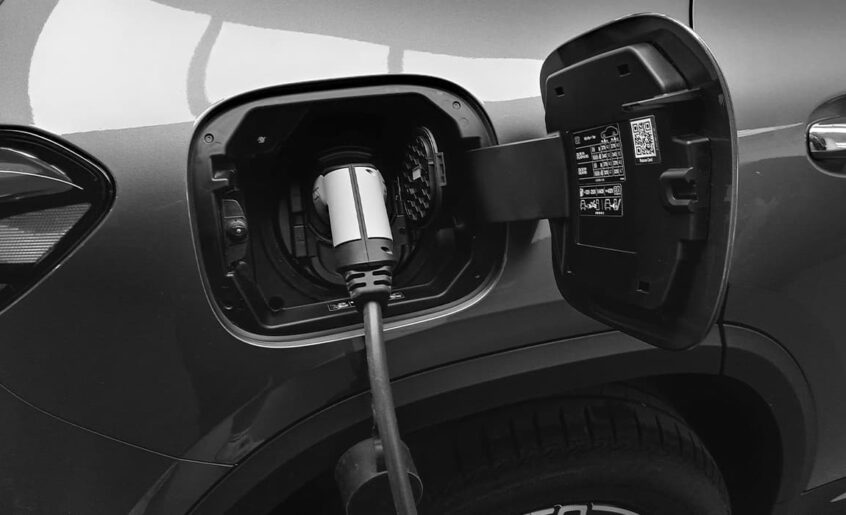The electric car industry is currently developing at a tremendous pace (especially Tesla Motors has contributed to this topic by launching their hugely successful electric cars and thereby making the competition move). Engineers often spoil us with special schemes of electric cars, for example, equipping cars with two electric motors or inventing new hybrid powertrains. Let me remind you of the parts that make up any car:
- The engine, which creates the mechanical energy that ultimately drives the vehicle;
- The body, to which all structural elements are attached;
- The chassis, whose main task is to transmit the torque from the engine to the wheels;
- Electrical equipment, which permeates the entire car: here and starter, and heating, and light, and many other things, depending on the configuration.
Let’s walk through each of them and find out why electric cars are so special.
Engine
In an electric car, it’s electric. It doesn’t have a crankshaft, pistons, combustion chambers, valves, and many other things that internal combustion engines have. But there is a stator inside which the rotor rotates due to the electromagnetic force. Read more about the electric motor of an electric car here. An important feature of the electric motor is the ability not only to produce rotational energy, but also to generate current to charge the battery, that is, to work in generator mode. This is the basic principle of the so-called recuperation: roughly speaking, when you press the accelerator pedal, the electric motor rotates the wheels and the battery energy is spent, and if you release the pedal, on a moving car the wheels will already rotate the motor shaft, creating in the winding voltage and generating current that charges the battery.
Due to the simplicity and almost complete absence of friction parts in the electric motor (except for bearings), unlike the internal combustion engine, its life is much longer than that of a classic gasoline or diesel engine.
The body
The body of an electric car is characterized by a compartment for the battery (usually located in the bottom of the car). In this case, thanks to the transmission, which occupies a much smaller volume in an electric car than in a conventional car, the driver and passengers, the electric car has more space in the cabin for the same external dimensions.
Chassis
The chassis consists of the chassis, controls and transmission. The chassis of the electric car, including axles, suspension and wheels, has no fundamental differences from the chassis of our familiar cars. There is nothing much to say about the steering and braking systems, except that due to the significant engine braking (just when there is regeneration), the brake pads and discs of the electric car wear out much less. The main difference between the electric car chassis and the classic car chassis is in the transmission. Specifically – in the gearbox. There is no gearbox in an electric car :). Instead of it a very simple reduction gearbox is installed (in which there is almost nothing to break), which has a huge service life even in comparison with manual transmissions, not to mention automatic transmissions and variators. The clutch, respectively, is also missing.
Electrical equipment
The electric equipment of an electric car has significant differences from the electrical equipment of a car powered by an internal combustion engine. These differences concern the electrical equipment of the motor; in the interior everything is approximately the same. The electric car has no starter and no mixture ignition system, but it has a battery, an inverter (matching currents fed from the battery to the electric motor and generated by the electric motor during regeneration), and a module that feeds the battery during charging and regeneration and the motor through the inverter during acceleration. You can read more about the battery for the electric car here. There is also no engine cooling system in the electric car, but there is often a battery temperature control system (heated or cooled) and an electric heater.
